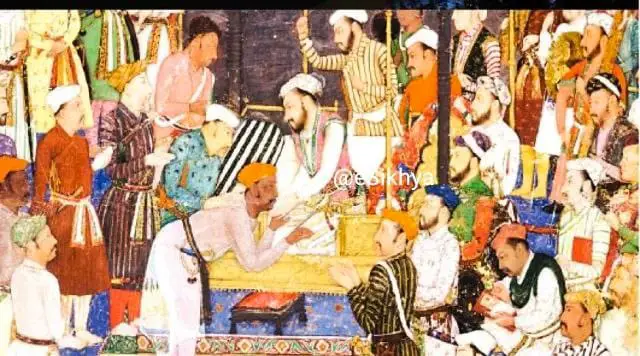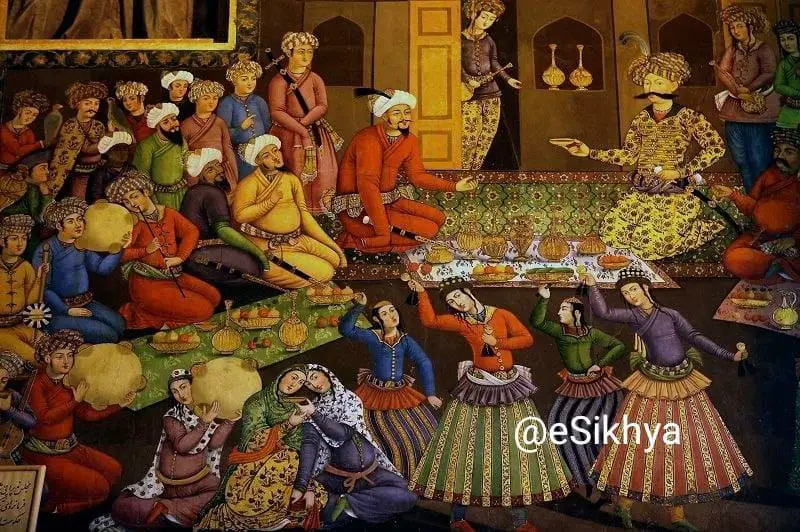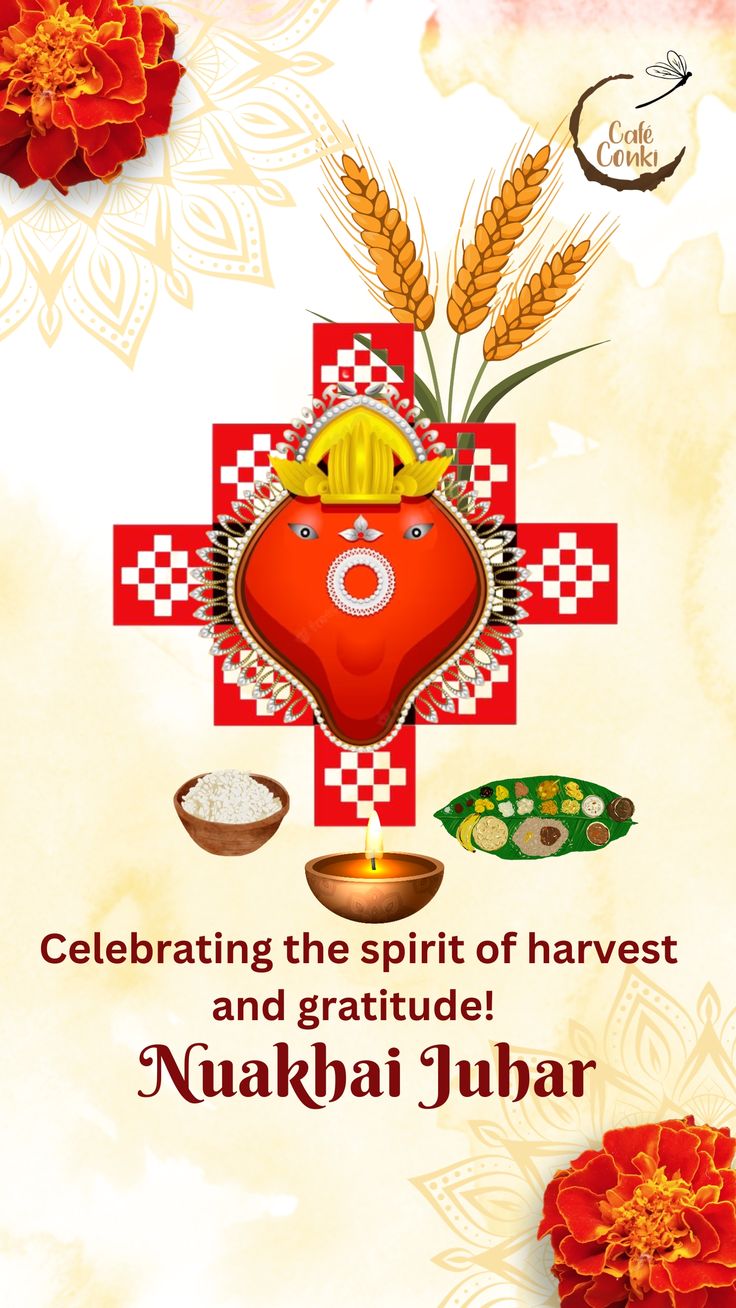Islamic Tradditions in India – Historical View, Key Aspects, Contribution, Impact & Legacy
Islamic traditions in India encompass a wide range of religious, cultural, social, and political practices that have developed over centuries. The introduction of Islam to the Indian subcontinent began as early as the 7th century through trade, but it significantly expanded with the establishment of various Islamic empires and dynasties.
The impact of Islam in India is profound, influencing many aspects of life, including art, architecture, language, and societal norms.
Historical Overview
- Early Introduction: Islam first arrived in India through Arab traders along the western coast in regions such as Kerala and Gujarat. The spread was gradual, facilitated by trade relationships and intermarriages.
- Delhi Sultanate (1206-1526): This period marked the establishment of the first major Islamic rule in northern India, with several dynasties such as the Mamluks, Khiljis, Tughlaqs, and Lodis. This era saw the spread of Islamic culture and administration.
- Mughal Empire (1526-1857): The Mughal Empire significantly shaped Indian society, bringing about a golden age of cultural synthesis. Mughal rulers like Akbar, Jahangir, Shah Jahan, and Aurangzeb left a lasting legacy in architecture, art, and governance.
Key Aspects of Islamic Traditions in India

1. Religious Practices
- Sunni and Shia Islam: The majority of Indian Muslims are Sunni, but there is also a significant Shia population, particularly in regions like Uttar Pradesh, Gujarat, and Kashmir.
- Sufism: Sufism, the mystical branch of Islam, has had a profound influence in India. Sufi saints such as Khwaja Moinuddin Chishti, Nizamuddin Auliya, and Baba Farid are revered, and their dargahs (shrines) attract people of all faiths.
2. Cultural Contributions
- Language: Persian was the court language during much of the Delhi Sultanate and Mughal periods, influencing local languages. The synthesis of Persian with local dialects led to the development of Urdu, a major language in India today.
- Literature: Islamic rule saw the flourishing of literature in Persian and Urdu. Renowned poets like Amir Khusrau and Mirza Ghalib contributed significantly to the literary heritage.
- Architecture: Islamic architecture in India is characterized by the use of domes, minarets, arches, and intricate tile work. Iconic structures include the Qutub Minar, Humayun’s Tomb, and the Taj Mahal.
3. Art and Music
- Miniature Paintings: The Mughal era is known for its intricate miniature paintings, which combined Persian artistic techniques with Indian themes and styles.
- Music: The development of classical music in India was also influenced by Islamic traditions, particularly through the introduction of new musical instruments and forms such as the sitar and qawwali.
4. Social Practices
- Education: Islamic traditions emphasized the establishment of madrasas (Islamic schools) that became centers of learning and scholarship. Institutions like Aligarh Muslim University trace their roots to this tradition.
- Festivals: Islamic festivals such as Eid-ul-Fitr, Eid-ul-Adha, and Muharram are widely celebrated across India, fostering community and cultural integration.
5. Political Influence
- Administrative Systems: Islamic rulers introduced new administrative practices and revenue systems, such as the Iqta and Mansabdari systems, which organized land revenue and military service.
- Legal Systems: The introduction of Sharia law influenced the judicial system, with Qazi courts adjudicating based on Islamic principles.
Interaction with Other Traditions
- Syncretism: A significant feature of Islamic tradition in India is its syncretic nature, blending with local Hindu, Buddhist, and Jain traditions. This led to unique cultural forms and practices, seen in the composite architectural styles and the veneration of Sufi saints by people of various faiths.
- Bhakti Movement: The Bhakti movement, emphasizing personal devotion to a deity, paralleled the rise of Sufism. Both movements stressed love and devotion over ritualistic practices and contributed to a shared spiritual culture.
Modern Impact and Legacy

- Cultural Heritage: The Islamic heritage in India is an integral part of the country’s cultural identity, reflected in its monuments, literature, music, and cuisine.
- Social and Political Life: The legacy of Islamic traditions continues to influence contemporary Indian society, politics, and culture. Prominent Muslim figures have played key roles in India’s independence movement and continue to contribute to various fields.
- Challenges and Opportunities: While Islamic traditions have enriched Indian culture, there have also been challenges related to communal tensions and integration. Efforts towards interfaith dialogue and cultural exchange continue to be important for fostering mutual understanding and respect.
In summary, Islamic traditions in India have contributed significantly to the country’s religious, cultural, and social fabric. The rich legacy of these traditions continues to be celebrated and integrated into the diverse tapestry of Indian life.
Share this content:



Leave a Reply